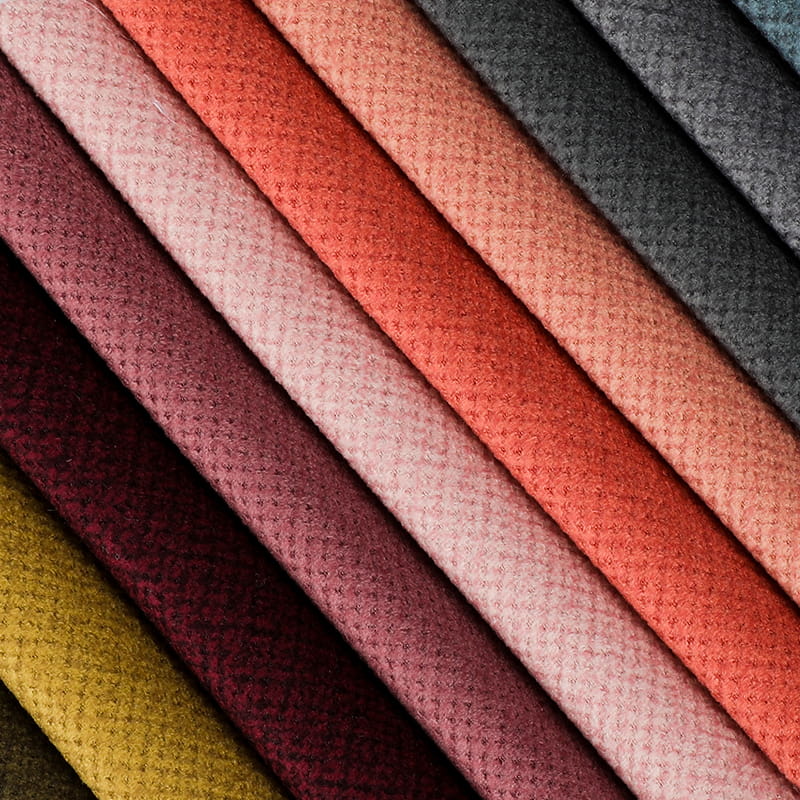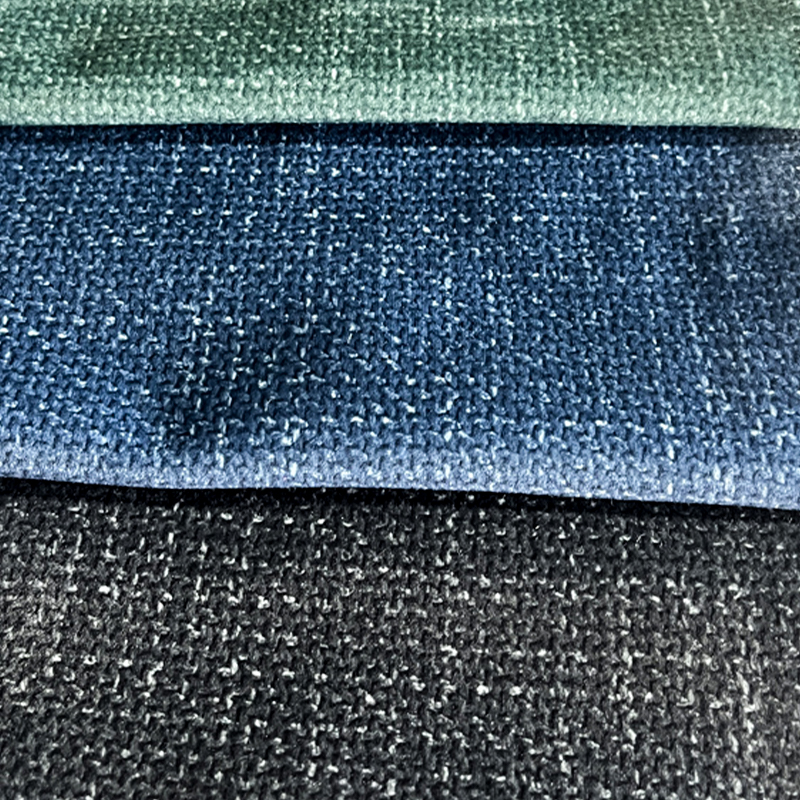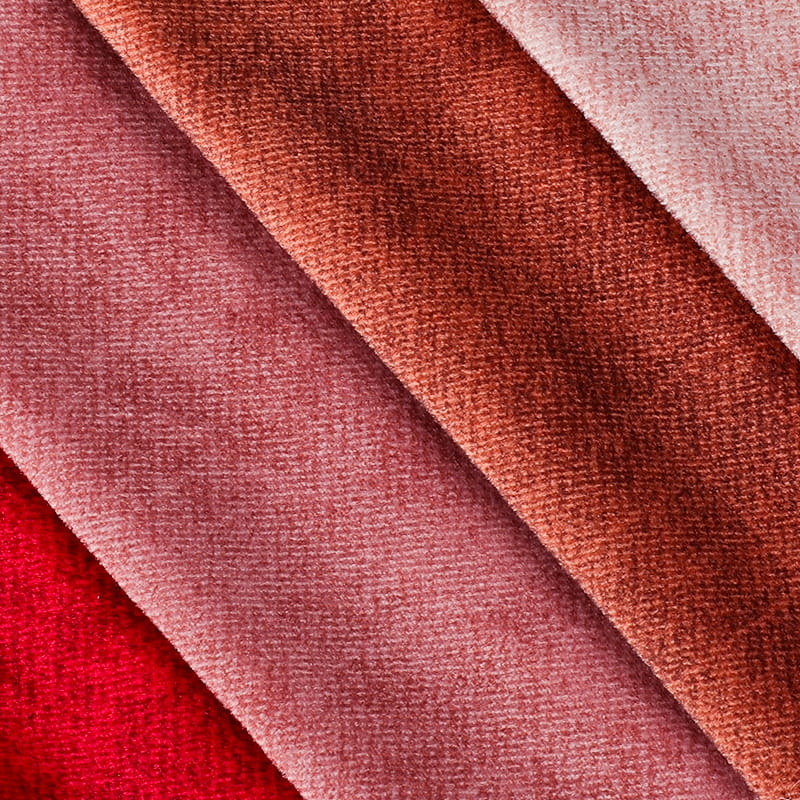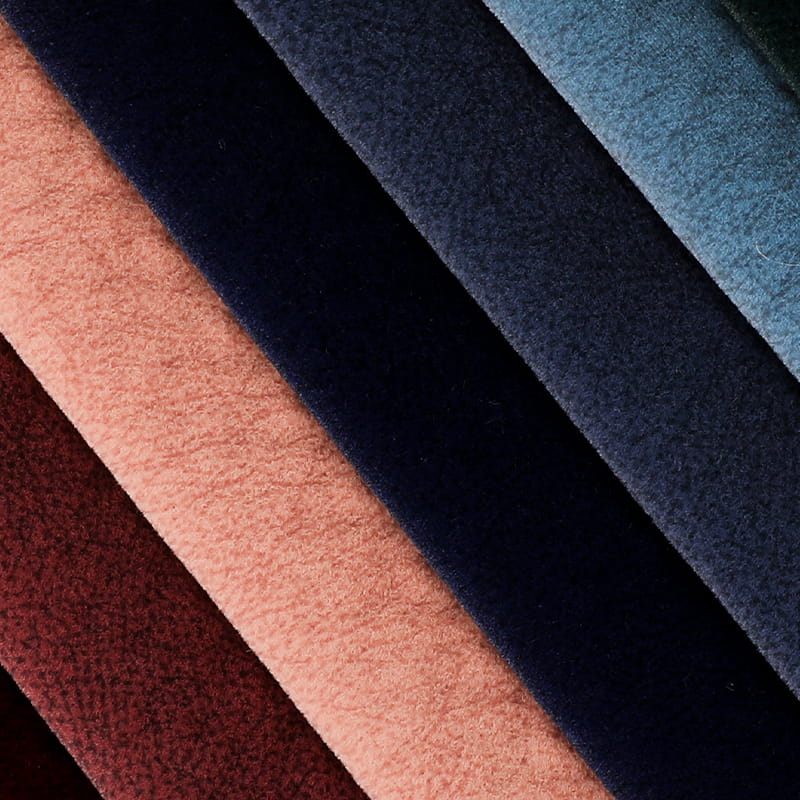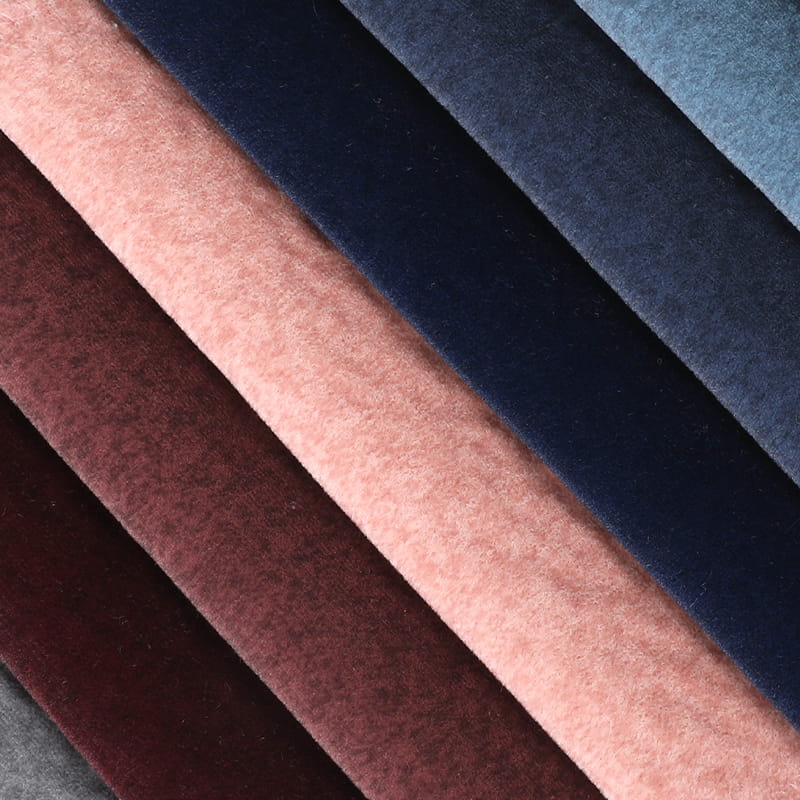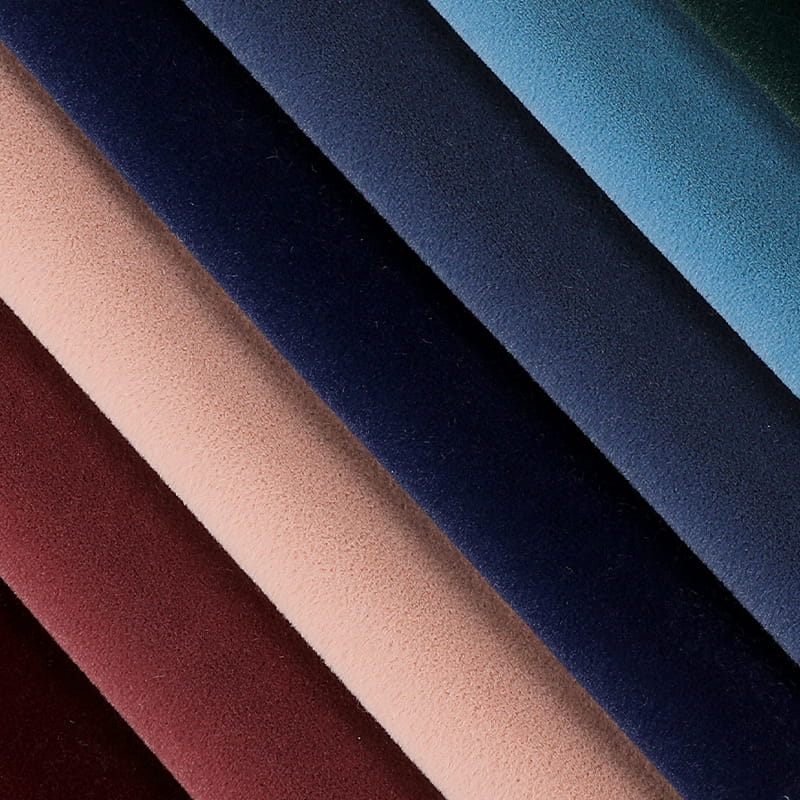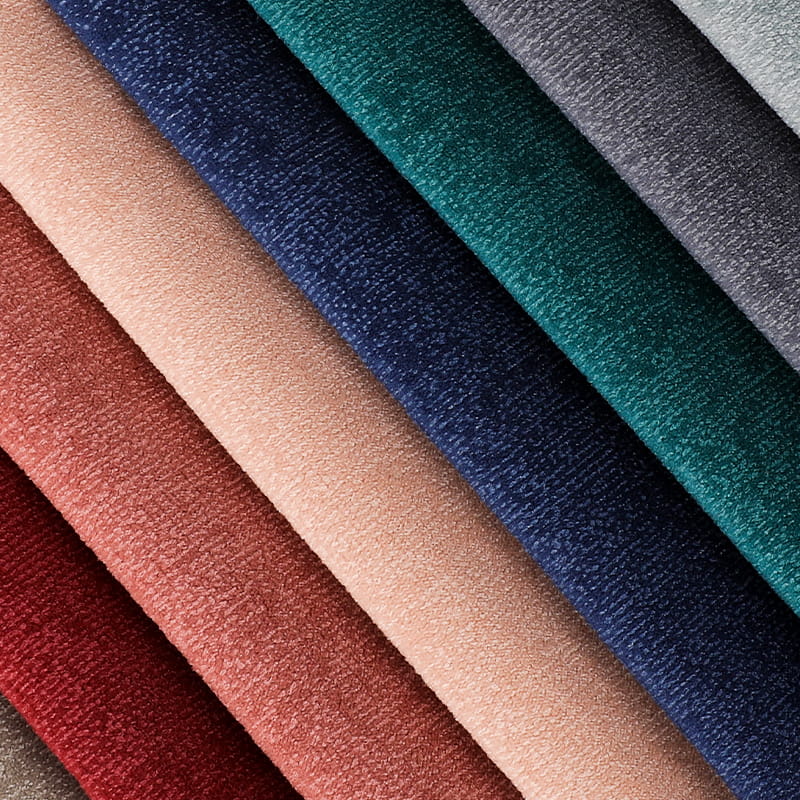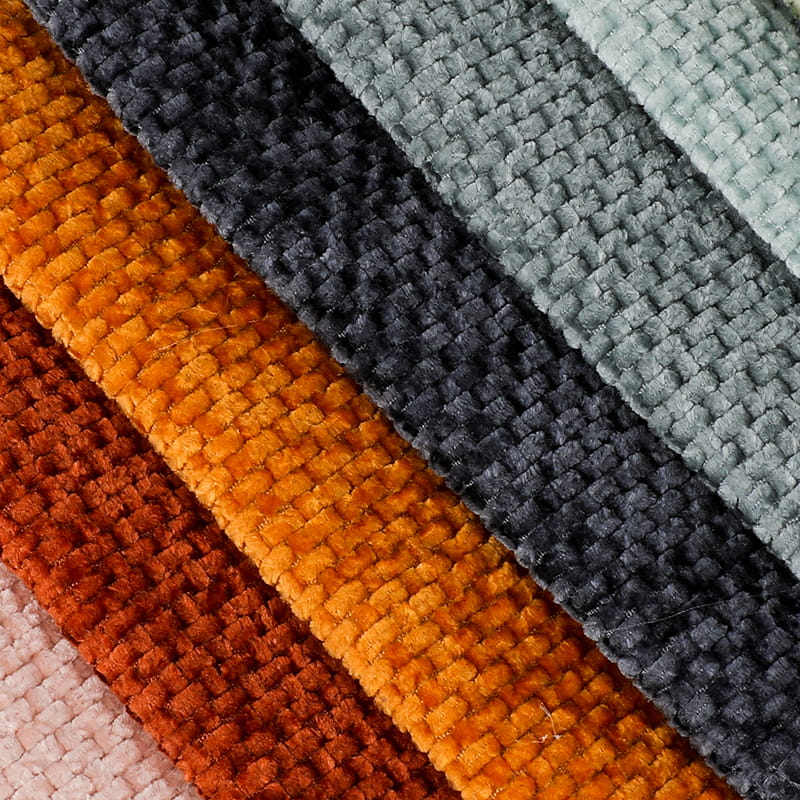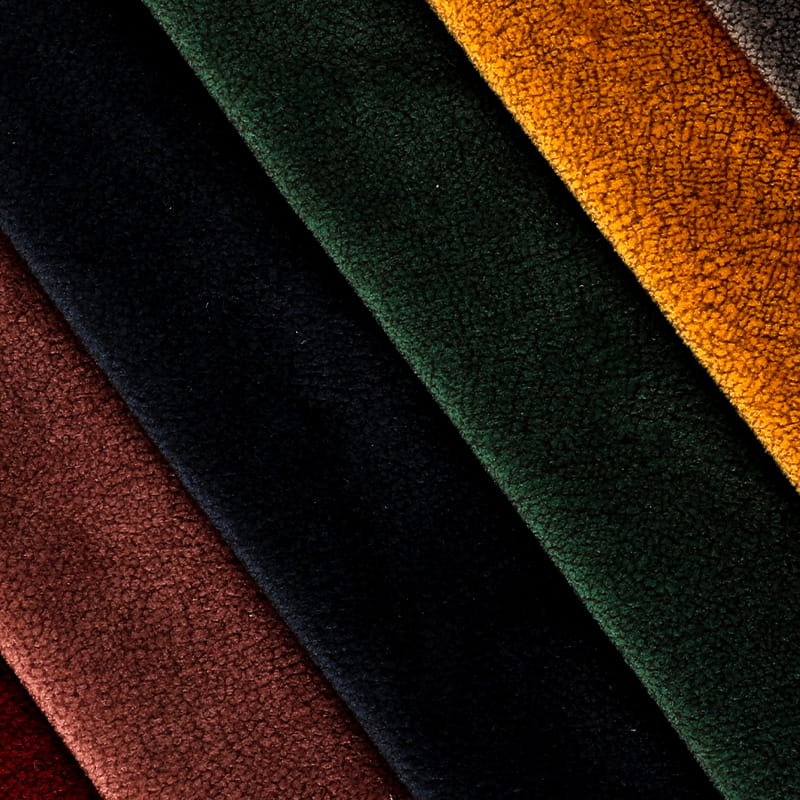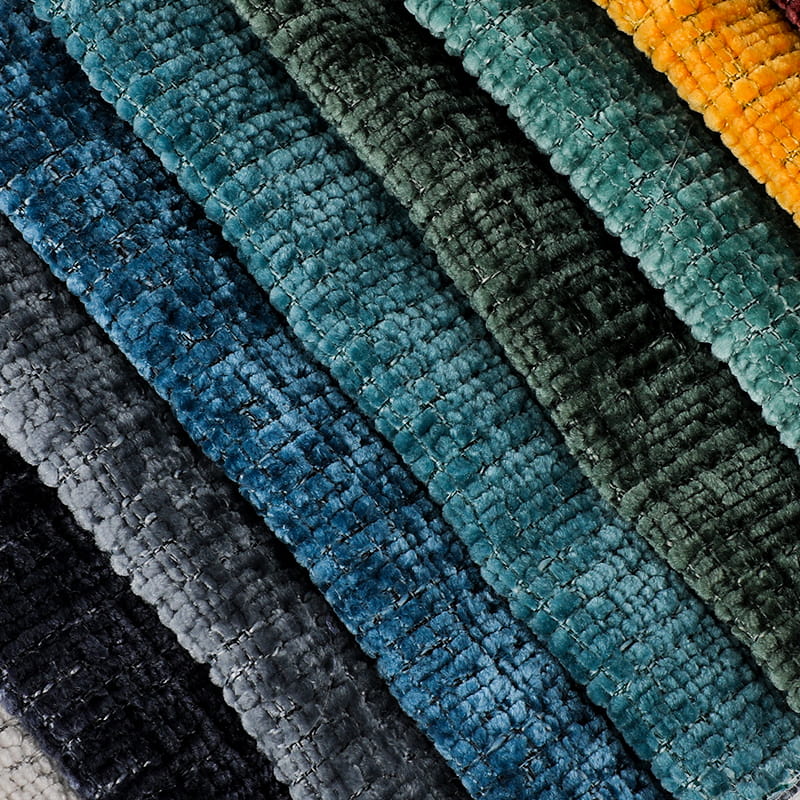In modern homes, fabrics are no longer simply decorative accents; they have become crucial elements that embody quality of life and aesthetic style. As a key component of home design, upholstery home textile fabrics are becoming a focal point in the home furnishing industry with their diverse textures, rich textures, and exceptional functionality. From sofa upholstery to curtain fabrics, from cushion fabrics to wall coverings, they offer not only a balance of comfort and aesthetics, but also a fusion of spatial art and warmth.
I. The Definition and Development Trends of Upholstery Home Textile Fabric
Upholstery home textile fabric refers to home textiles specifically designed for furniture decoration and upholstery, commonly found in sofas, chairs, headboards, curtains, and other applications. This type of fabric not only contributes to visual aesthetics but also directly impacts tactile experience and longevity. In recent years, as home design shifts toward personalization and quality, the research and development of Upholstery Fabric has gradually expanded beyond traditional decorative functions to include multi-dimensional performance, encompassing aspects such as wear resistance, stain resistance, fade resistance, fire retardancy, and environmental sustainability.
The continuous expansion of the global home textile market and evolving consumer demands have accelerated the innovation of this type of fabric. When selecting fabrics, designers are no longer satisfied with the decorative properties of a single material, but are more concerned with the three-dimensional texture, gradation of gloss, and harmony with the overall space. Especially in the context of the prevalence of modern light luxury and minimalist Nordic styles, Upholstery Home Textile Fabric is becoming a key medium for creating a sense of quality in spaces.

II. The Source of Texture: The Multi-Dimensional Expression of Fabric Materials
The texture of Upholstery Home Textile Fabric depends on the in-depth integration of material selection and weaving techniques. Common materials include natural fibers such as cotton, linen, and silk, as well as synthetic fibers such as polyester and nylon. Cotton and linen fabrics offer a naturally soft touch and a breathable feel, perfect for creating a warm and natural atmosphere. Polyester, with its wear resistance and easy-to-clean properties, is widely used in high-use furniture.
Technologically, weaving and finishing techniques such as jacquard, printing, suede, and coating impart layers of depth and play of light and shadow, allowing Upholstery Fabric to create a unique spatial quality under varying lighting conditions. With the maturity of digital printing and 3D weaving, fabric design freedom has been further expanded, creating a more artistic expression in home decor.
3. From Comfort to Performance: Technological Innovation in Functional Fabrics
Modern homes pursue not only aesthetic appeal but also the integration of comfort and functionality. Upholstery Home Textile Fabric continues to innovate in functionality, extending beyond simple softness and comfort to comprehensive features such as antibacterial, stain-resistant, and flame-retardant properties. The use of high-performance fibers significantly enhances the fabric's durability and safety, meeting the needs of diverse living scenarios.
With the increasing popularity of environmental awareness, green and sustainable development has become a key focus of industry research and development. By utilizing environmentally friendly technologies such as recycled fibers, bio-based raw materials, and formaldehyde-free coatings, fabrics not only reduce energy consumption and emissions during production but also offer healthy and harmless properties. This design philosophy, which balances environmental friendliness with practicality, has gradually become a core competitive advantage for global home textile brands.
IV. Visual Art and Spatial Language: The Design Philosophy of Color and Texture
The beauty of Upholstery Home Textile Fabric's designs often lies in the harmonious combination of color and texture. Color conveys the mood of a space, while texture conveys its quality. Designers create a sense of layering and visual focus through the combination of different tones and textures. Whether it's a desaturated Morandi color scheme or bold, modern color blocking, unique visual language can be created through the combination of fabrics.
In recent years, "tactile aesthetics" has become a key trend in home design. The soft texture of velvet fabrics, the three-dimensional texture of jacquard fabrics, and the subtle sheen of mercerized fabrics all imbue spaces with a tactile warmth beyond the visual. This elevated experience, from sensory to emotional, makes Upholstery Fabric a vital link between people and the emotions of space.

The value of Upholstery Home Textile Fabric has long transcended mere decoration. It represents the definition of comfortable living, the expression of aesthetic taste, and the exploration of a sustainable future. From raw material selection to process innovation, from visual design to tactile experience, every upgrade in this area represents a leap forward in the quality of home living.
In future homes, Upholstery Home Textile Fabric will continue to prioritize design and be driven by technology, extending infinite possibilities within its soft textures. This will imbue homes with an artistic and humanistic touch, truly realizing the ideal of a life where beauty and functionality coexist.



 English
English Español
Español